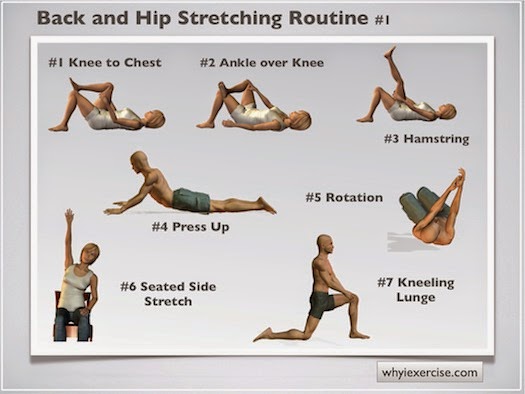Joints need movement to stay as healthy as possible. Physical activity helps to strengthen joints and keep them lubricated. Moderate physical activity has even been shown to reduce pain for most people who have either rhumetoid or osteoarithis.
Staying physically active with arthritis is a balancing act, however. You want to provide a healthy challenge for your joints and muscles so they get stronger and healthier. But, you must start slowly and build gradually so that you do not cause increased pain and injury.
Is Physical Activity Safe and Beneficial?
Dozens of scientific studies have evaluated the effect of different types of physical activity on joint function and pain levels of people with arthritis. Study after study confirms the beneficial effects of regular physical activity. Without activity, even healthy joints become weaker. With activity, joint structures become stronger, including ligaments, tendons, joint capsules and bones. Activity can even strengthen cartilage, the tissue that covers the ends of bones in a joint. Exercise stimulates the production of the joint's fluid ( synovial fluid ) that nourishes cartilage. Since cartilage does not have a blood supply, this fluid is essential for its health and repair.
How does activity reduce pain?
Many people with arthritis try to limit their pain through medication to avoid risk of side effects. Becoming more active has helped many people with arthritis to reduce their medication dosages. Of course, you will want to work with your doctor to be sure you are getting the best medicine possible to help you safely reduce arthritis pain.
Researchers think that activity may reduce feeling of pain in a number of ways. First, stronger joints are healthier. Stronger, healthier joints mean you can do more with less pain. Though the arthritis is still there, the joint is working better. Physical activity may even help to delay the progression of arthritis.
When people become more active, they often feel better psychologically. People who feel better feel less pain. Some people with arthritis feel they can do more and that they have more energy once they become more active. This in itself may help them cope better with arthritis pain.
Physical Activity has beneficial side effects
While physical activity a\helps to keep your joints as healthy as possible, it can also help to prevent the aches and pains caused by muscle weakness, such as neck and back pain. Physical activity can also help to prevent weight gain, high cholesterol and high blood pressure. Activity can help strengthen your bones and keep your heart working well.
As you get stronger, balance improves. Better strength and balance mean you are less likely to fall. if you are doing a variety of activities as part of your therapy,you may even find that your coordination improves as well. Best of all, physical activities improves mood.
What Kinds of Activities are best?
The best way to find out which activities are helpful for you is to work with a physical therapist. Your doctor should be able to help you find a good therapist who is knowledgeable about arthritis. Your goal is to figure out what you can do, and then do a little more each week. Some people with arithritis have limited mobility. But even people who cannot walk can do helpful stretching and strengthening exercises in a chair or in a pool.





